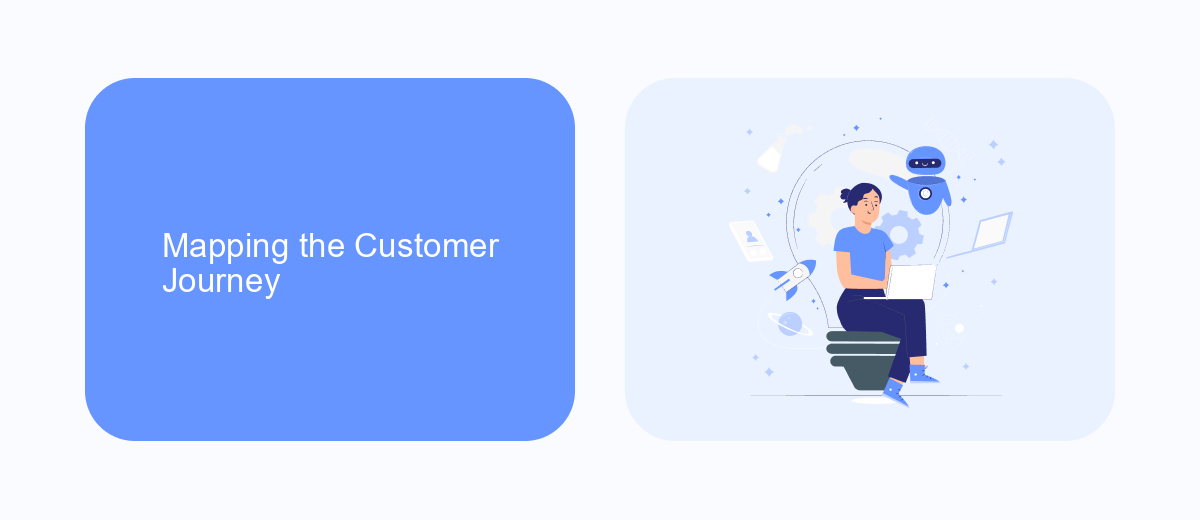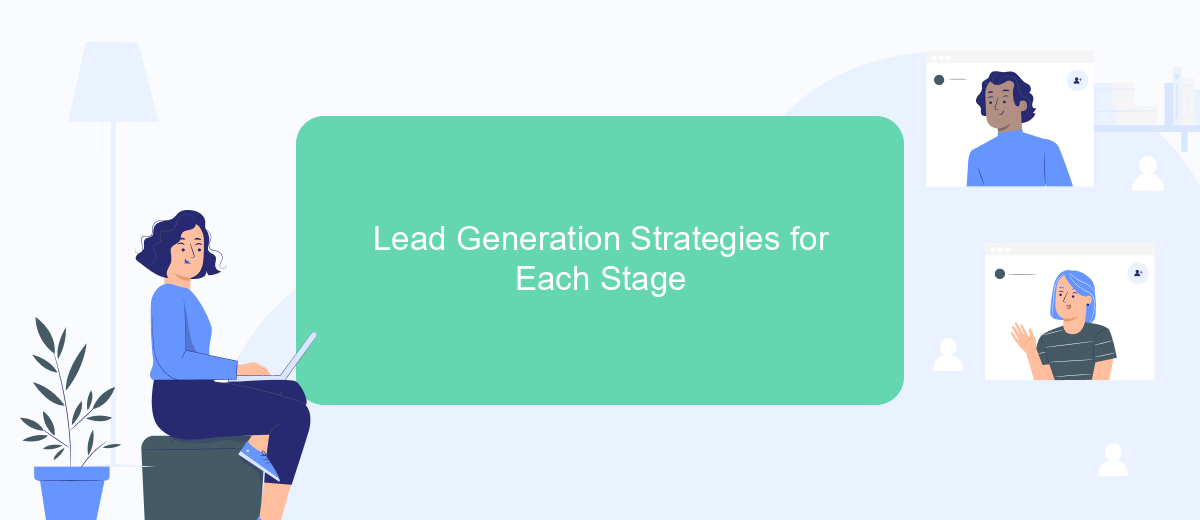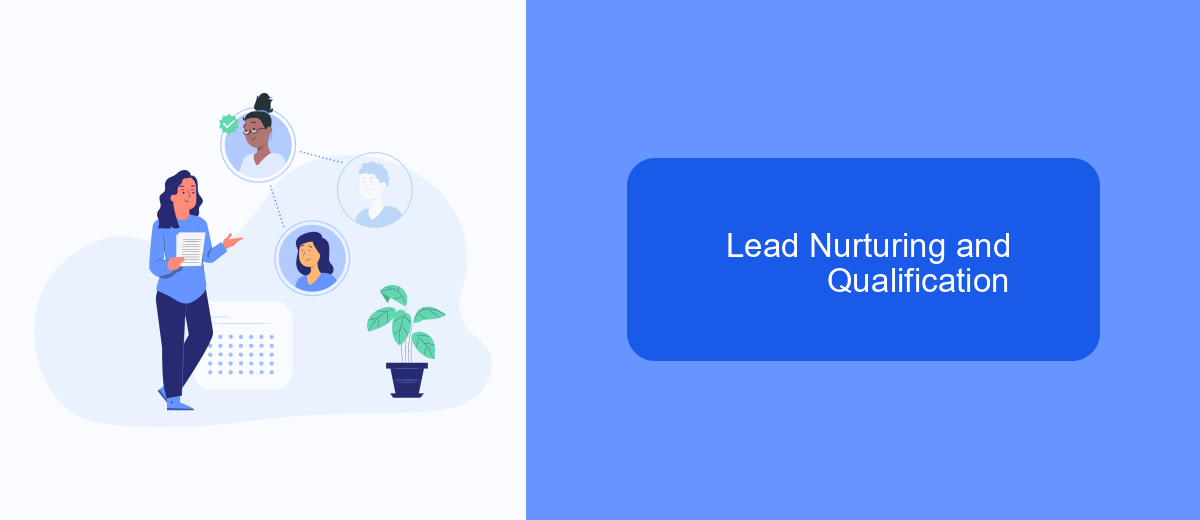In today's competitive market, understanding the customer journey is crucial for effective lead generation. By mapping out each stage of the journey, businesses can tailor their strategies to engage potential customers more effectively. This article explores the key components of the customer journey and how they can be leveraged to optimize lead generation, ultimately driving growth and enhancing customer relationships.
Understanding Your Ideal Customer
To effectively generate leads, it's crucial to have a deep understanding of your ideal customer. This involves identifying their needs, preferences, and behaviors. By delving into these aspects, you can tailor your marketing strategies and create more personalized experiences that resonate with your target audience. Understanding your ideal customer also helps in prioritizing your resources and efforts towards the most promising leads, ultimately enhancing your conversion rates and business growth.
- Define demographic details such as age, gender, location, and income level.
- Identify psychographic traits like interests, values, and lifestyle choices.
- Understand their buying behavior, including purchasing habits and decision-making processes.
- Analyze their pain points and challenges that your product or service can solve.
- Gather insights from customer feedback and reviews to refine your understanding.
By investing time in understanding your ideal customer, you can create a more targeted and effective lead generation strategy. This will not only attract more qualified leads but also foster stronger relationships with your customers. Ultimately, a well-defined customer profile serves as a foundation for all your marketing efforts, ensuring that your messages align with the needs and desires of your audience.
Mapping the Customer Journey

Understanding the customer journey is crucial for effective lead generation. It involves mapping out the various stages a potential customer goes through, from awareness to consideration and finally to decision-making. By identifying these stages, businesses can tailor their marketing strategies to meet the specific needs and preferences of their target audience. This approach not only enhances customer engagement but also optimizes the conversion process, ensuring that leads are nurtured effectively at every touchpoint.
To streamline the process of mapping the customer journey, integrating various tools and platforms is essential. Services like SaveMyLeads can play a pivotal role in automating data collection and analysis, allowing businesses to gain insights into customer behavior and preferences. By leveraging such integrations, companies can ensure that their marketing efforts are aligned with customer expectations, leading to improved lead generation outcomes. This strategic alignment ultimately results in a more personalized and efficient journey for potential customers, enhancing the likelihood of conversion and fostering long-term customer relationships.
Lead Generation Strategies for Each Stage

Effectively generating leads at each stage of the customer journey requires targeted strategies that address the unique needs and behaviors of potential customers. By understanding these stages, businesses can tailor their approach to maximize engagement and conversion rates.
- Awareness Stage: Utilize content marketing and social media campaigns to increase brand visibility and attract potential leads. Educational blog posts, infographics, and engaging social media content can capture attention.
- Consideration Stage: Offer valuable resources like webinars, eBooks, and case studies that provide in-depth information about your product or service. This helps to build trust and position your brand as a solution provider.
- Decision Stage: Implement personalized email campaigns and free trials to encourage prospects to make a purchase. Providing testimonials and reviews can also reinforce the decision-making process.
By aligning lead generation strategies with each stage of the customer journey, businesses can effectively nurture prospects and guide them towards conversion. This targeted approach not only improves the quality of leads but also enhances customer satisfaction and loyalty in the long term.
Lead Nurturing and Qualification

Lead nurturing is a crucial component of the customer journey, focusing on developing and maintaining relationships with potential customers. It involves providing relevant information and personalized interactions to guide leads through the sales funnel. By nurturing leads, businesses can increase the likelihood of conversion and build long-term customer loyalty.
Lead qualification, on the other hand, is the process of evaluating whether a lead meets the criteria necessary to make a purchase. This involves assessing the lead's interest level, budget, and authority to make purchasing decisions. Effective lead qualification ensures that sales teams focus their efforts on the most promising prospects, optimizing resource allocation and increasing sales efficiency.
- Segment leads based on behaviors and preferences.
- Implement automated email campaigns for consistent engagement.
- Use scoring systems to prioritize high-potential leads.
- Regularly update lead profiles with new information.
By integrating lead nurturing and qualification strategies, businesses can create a seamless journey that aligns with customer needs and expectations. This approach not only enhances the customer experience but also improves conversion rates and drives sustainable growth. Ultimately, a well-executed lead nurturing and qualification process is essential for maximizing the return on investment in lead generation efforts.
- Automate the work with leads from the Facebook advertising account
- Empower with integrations and instant transfer of leads
- Don't spend money on developers or integrators
- Save time by automating routine tasks
Measurement and Optimization
To effectively measure and optimize the customer journey in lead generation, it's crucial to establish key performance indicators (KPIs) that align with your business goals. By tracking metrics such as conversion rates, lead quality, and customer acquisition costs, businesses can gain insights into the effectiveness of their lead generation strategies. Utilizing tools like Google Analytics and CRM systems enables the collection of valuable data, which can be analyzed to identify patterns and areas for improvement. Regularly reviewing these metrics allows businesses to adjust their strategies in real-time, ensuring that they remain competitive and efficient in attracting and converting leads.
In addition to tracking performance, optimizing the customer journey involves streamlining processes and enhancing user experience. Integrating platforms using services like SaveMyLeads can automate data transfer between various marketing tools, reducing manual effort and minimizing errors. This seamless integration ensures that leads are nurtured effectively throughout their journey, providing personalized experiences that increase the likelihood of conversion. By continuously testing and refining different elements of the customer journey, businesses can optimize their lead generation efforts, ultimately driving higher engagement and better results.
FAQ
What is Customer Journey Lead Generation?
How can businesses optimize their Customer Journey for better lead generation?
What role does automation play in Customer Journey Lead Generation?
How can businesses measure the effectiveness of their Customer Journey Lead Generation efforts?
What are some common challenges in Customer Journey Lead Generation?
Use the SaveMyLeads service to improve the speed and quality of your Facebook lead processing. You do not need to regularly check the advertising account and download the CSV file. Get leads quickly and in a convenient format. Using the SML online connector, you can set up automatic transfer of leads from Facebook to various services: CRM systems, instant messengers, task managers, email services, etc. Automate the data transfer process, save time and improve customer service.

